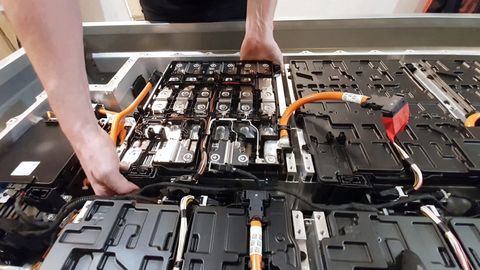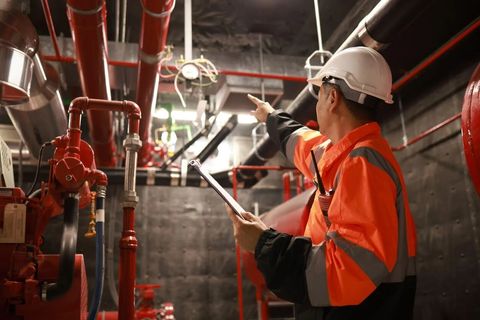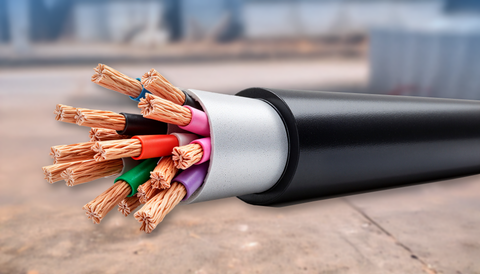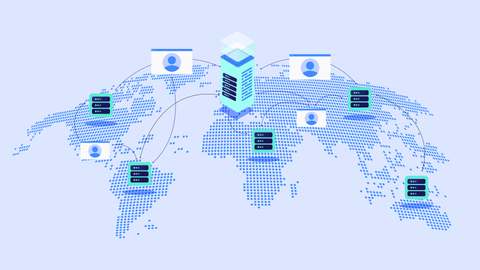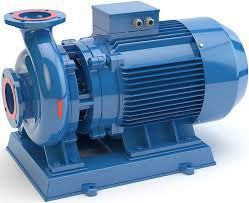Explore Gas Nitrogen: A Complete Guide with Key Facts and Insights
Nitrogen gas (N₂) is a colorless, odorless, and non-reactive gas that makes up nearly 78% of Earth’s atmosphere. It is one of the most widely used industrial gases in the world, essential for sectors such as food packaging, electronics, metal production, healthcare, and chemical manufacturing.
The primary purpose of using nitrogen gas lies in its inert nature it doesn’t react easily with other elements. This characteristic makes it ideal for creating safe and controlled environments in various applications, such as preserving food freshness, preventing oxidation in metals, and supporting clean manufacturing processes.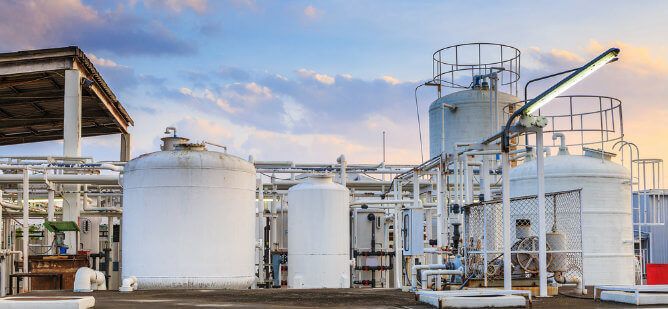
Nitrogen can be produced through several methods, including cryogenic air separation, pressure swing adsorption (PSA), and membrane nitrogen generation systems. Each method offers distinct advantages depending on the industry and required purity levels.
Why Gas Nitrogen Matters Today
Nitrogen gas plays a critical role in modern industry, science, and environmental management. It helps improve product safety, extend shelf life, and ensure process efficiency across multiple sectors.
Some of the major applications include:
-
Food and Beverage: Used for modified atmosphere packaging (MAP) to keep products fresh.
-
Electronics Manufacturing: Prevents oxidation during soldering and component assembly.
-
Healthcare: Used in cryopreservation and medical instrument sterilization.
-
Oil and Gas: Helps maintain pressure and reduce flammability risks.
-
Chemical Industry: Acts as a blanketing gas to prevent chemical reactions with oxygen or moisture.
The relevance of nitrogen continues to grow with rising industrial automation and sustainability initiatives. Industries increasingly prefer nitrogen because it reduces waste, improves safety, and enhances operational stability factors that align with global energy efficiency goals.
Recent Developments and Global Trends
In recent years, nitrogen production and application have evolved significantly, driven by technology and environmental awareness.
1. Green Nitrogen Production (2024–2025)
A growing trend is the use of renewable-powered nitrogen generation systems. Companies are integrating solar and wind energy into cryogenic and PSA plants to reduce emissions and operational energy costs.
2. Compact On-Site Generators
Demand for on-site nitrogen generators has surged, especially among small and medium enterprises. These systems, equipped with IoT-enabled sensors, provide real-time monitoring, automated control, and improved purity efficiency.
3. Expanding Applications
By late 2024, nitrogen was increasingly adopted in 3D printing and additive manufacturing, where inert atmospheres are necessary for metal powder fusion.
4. Market Growth Data
According to global market insights, the industrial nitrogen gas market is projected to grow steadily from 2024 to 2030, with strong demand from Asia-Pacific countries such as India, China, and South Korea.
Laws, Regulations, and Policies
Government policies play a key role in managing the production, storage, and use of nitrogen gas due to its industrial significance and safety implications.
1. Safety and Handling Standards
Organizations must comply with international standards such as:
-
ISO 14164: Guidelines for nitrogen gas supply systems.
-
OSHA (Occupational Safety and Health Administration) Regulations: Ensuring worker safety in confined spaces and during pressurized gas handling.
-
Compressed Gas Association (CGA) Guidelines: Covering transportation, labeling, and cylinder storage.
2. Environmental Regulations
While nitrogen itself is non-toxic, its production may involve energy-intensive processes. Countries are encouraging low-emission technologies under environmental frameworks like the EU Green Deal, U.S. EPA Clean Air Act, and India’s National Green Hydrogen Mission, which also impacts nitrogen-related production systems.
3. Import and Export Rules
Nations regulate nitrogen trading to ensure industrial safety and prevent misuse in sensitive applications. For example, countries require licensing for bulk liquid nitrogen transport and compliance documentation for cross-border shipments.
Tools and Resources for Nitrogen Gas Users
Professionals and learners can access several online tools and databases to better understand and manage nitrogen applications:
| Resource | Description | Website / Tool Type |
|---|---|---|
| Nitrogen Gas Calculator | Calculates nitrogen flow, purity, and pressure requirements for industrial applications. | Online calculator tools (e.g., Parker, Atlas Copco) |
| Gas Conversion Charts | Helps convert nitrogen gas units between standard liters, cubic feet, and pressure units. | Engineering Toolbox |
| Safety Data Sheets (SDS) | Provides handling and storage guidelines for nitrogen cylinders. | Supplier websites and OSHA databases |
| Cryogenic System Monitors | IoT-based systems for monitoring nitrogen tanks and detecting leaks. | Industrial IoT dashboards |
| Educational Resources | Online courses and technical documents explaining nitrogen production and usage. | Coursera, ScienceDirect, Gasworld |
These resources support engineers, researchers, and students in understanding nitrogen’s properties, handling methods, and safety considerations.
Key Facts and Insights
-
Nitrogen gas is non-flammable and non-toxic but can cause asphyxiation in enclosed spaces.
-
It is produced mainly as a by-product of oxygen manufacturing.
-
The boiling point of nitrogen is −196°C, making it suitable for cryogenic applications.
-
Food-grade nitrogen must meet purity standards of at least 99.5%.
-
Liquid nitrogen is widely used in laboratories and medical cryogenic systems.
The combination of inertness, versatility, and availability makes nitrogen gas indispensable to modern manufacturing and research.
Frequently Asked Questions
What is nitrogen gas used for?
Nitrogen gas is used in packaging, metal treatment, electronics, and chemical processing to create oxygen-free environments that prevent oxidation, contamination, or combustion.
Is nitrogen gas safe to handle?
Yes, but it requires proper ventilation and protective gear. In confined spaces, nitrogen can displace oxygen, leading to suffocation risks. Following OSHA and CGA guidelines ensures safe usage.
How is nitrogen gas produced?
The most common methods are cryogenic air separation, pressure swing adsorption (PSA), and membrane separation. These processes extract nitrogen from atmospheric air based on temperature or pressure differences.
What are the differences between nitrogen and liquid nitrogen?
Gaseous nitrogen is used for purging and blanketing, while liquid nitrogen is mainly used for cooling and freezing in medical, scientific, and food industries.
Is nitrogen gas environmentally friendly?
Nitrogen itself is eco-friendly and naturally present in the atmosphere. However, its production can consume energy, so many industries are shifting toward renewable-powered nitrogen systems.
Conclusion
Nitrogen gas remains one of the most vital and adaptable gases in global industry. Its widespread applications—from preserving food to enabling clean chemical processes demonstrate its importance to safety, innovation, and efficiency.
As technology continues to evolve, newer nitrogen generation systems are becoming smarter, cleaner, and more energy-efficient. Regulatory frameworks and sustainability initiatives further ensure responsible production and use.
For professionals, students, and organizations alike, understanding gas nitrogen provides a foundation for safer operations, sustainable practices, and innovation in science and industry.

